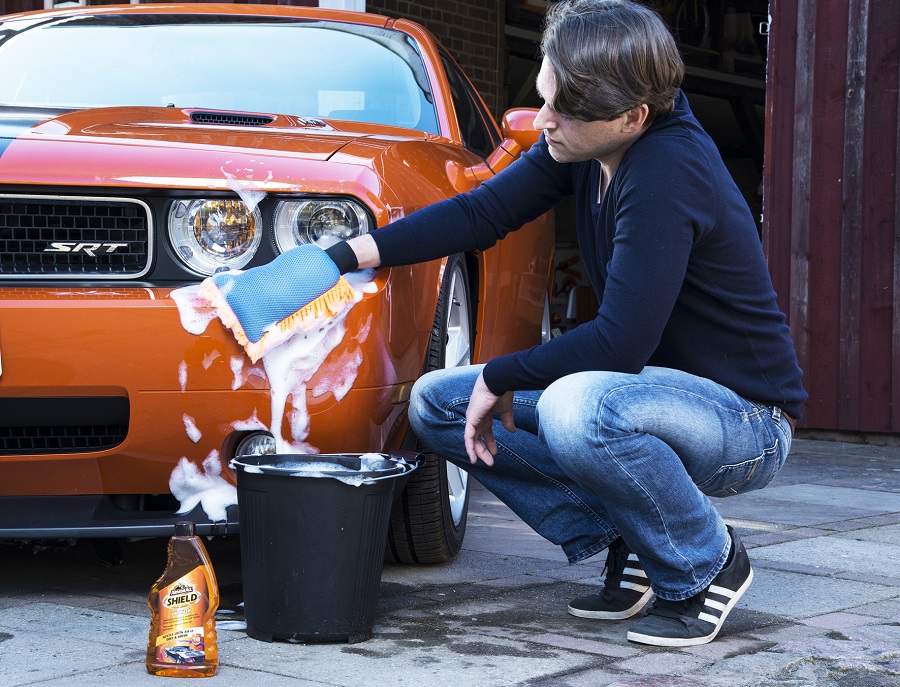Should you wash your car in winter? Keep reading to find out how to keep your car fresh and healthy all year round.
As seasons come and go, the weather and road conditions that you car is subjected to can change quite dramatically. So, if you take pride in the ownership of your car – or if you simply want to preserve it from potential damage – then you’ll need to adjust its shampooing schedule to suit.
In this article, we’ll attempt to answer all the questions you might have about car detailing in winter conditions. Let’s kick things off with the most important one:

Should you wash your car in winter?
Absolutely. In fact, most people would argue that winter is the most important time to keep on top of your car’s cleanliness. The reason for that is quite simple; in winter, your car will have to deal with much harsher environments than during other times of the year. If you live in an area which grits the road to melt ice, you’ll want to rid your car of all the corrosive salt it picks up fairly regularly. Speaking of which, let’s take a look at what sort of damage winter weather can cause…
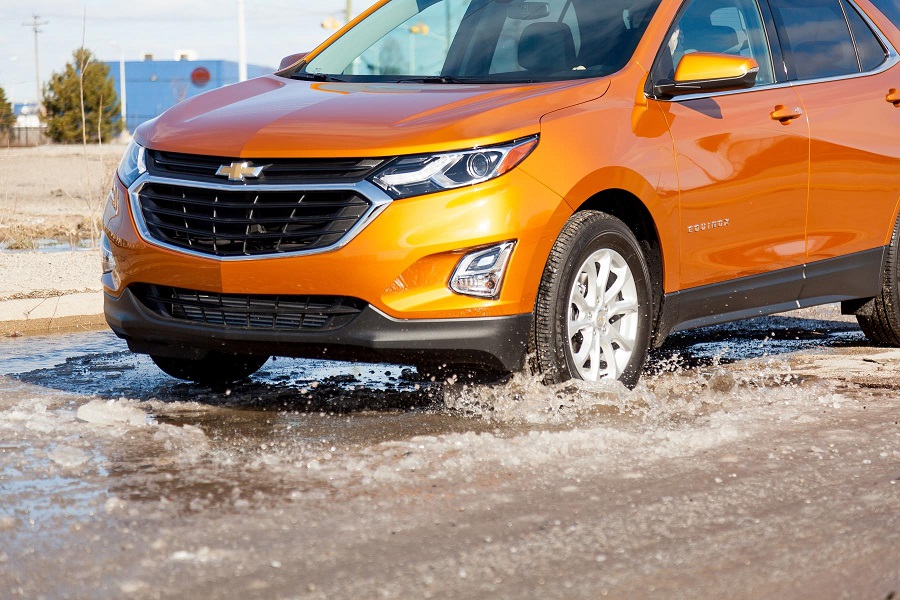
What damage can winter weather cause?
Winter poses the most environmental challenges of any season when it comes to keeping your car healthy. Although manufacturers develop their cars to operate well in the freezing cold, these sorts of conditions are still far from optimal for any mechanical machine. Check out our top winter car care tips to give your ride a slightly easier time.
And then there’s the physical material damage that can occur. Corrosion is a car killer, and in winter the world will throw everything it can at your car to help that rust start to settle in. Wetter-than-usual road surfaces and increased snow/rainfall means that water is more likely to get trapped in crevices where it can’t escape. Even mud and grime can start to cause problems if left to fester for long periods. But the worst offender in this regard by far is road salt. Many local governments grit roads with salt during winter to break up the ice and reduce the likelihood of accidents. Unfortunately, that salt also likes to eat away at the undercarriage and inner arches of our cars when we drive over it. Oh, and you’ll definitely want to avoid cruising behind one of those grit-dispensing trucks.

Which cars are most susceptible to winter damage?
Different cars will be more or less vulnerable to harsh winters. For example, if you’ve got a reasonably new car, it’ll likely have some sort of OEM rust-proofing to help protect its undercarriage. That said, it’s still good practice to wash newer vehicles properly in the winter too to maximize their longevity.
By contrast, it’s vital that if you drive an older car (anything more than 10-15 years old), that you wash it thoroughly after extended periods of use. This is because the factory rust-proofing it received will either have worn down by now, or never existed in the first place. As such, it’s always a good idea to search around online to find out where your car’s individual rust weak points lie so that you can protect those, as well as keeping on top of the obvious stuff like inner wheel arches.
It’s also worth noting that some vehicles might fare better than others. Cars with plastic body panels, for instance, cannot rust in those areas. But that doesn’t mean they won’t rust elsewhere, underneath.
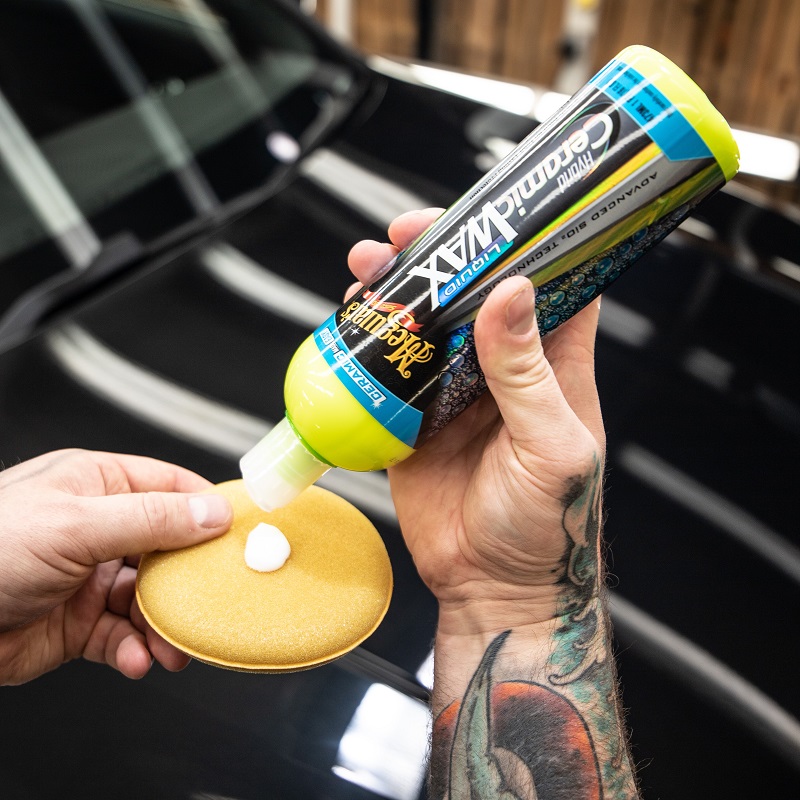
How to prepare your car for winter
The key to washing your car during winter is to start the process just before summer arrives. One useful detailing trick is to apply a wax, sealant, or ceramic coating at the end of a detailing session. This will help to protect your car’s bodywork from the elements by serving as a sort of sacrificial outer layer, keeping dirt, water, and grime away from the actual paintwork. We’ve got a guide featuring several winter detailing tips, so be sure to check that out.
Another thing you can do to help your car preemptively is to get it undersealed. This admittedly isn’t a detailing tip as such, and will likely require the help of a professional, but is an effective way of guarding the underside of your car. The concept is similar to the process of using waxes or sealants on the exterior, whereby the coating gives your car’s chassis components a sort of protective shield. The cheapest variants of underseal contain bitumen, but the higher end stuff is often wax-based.
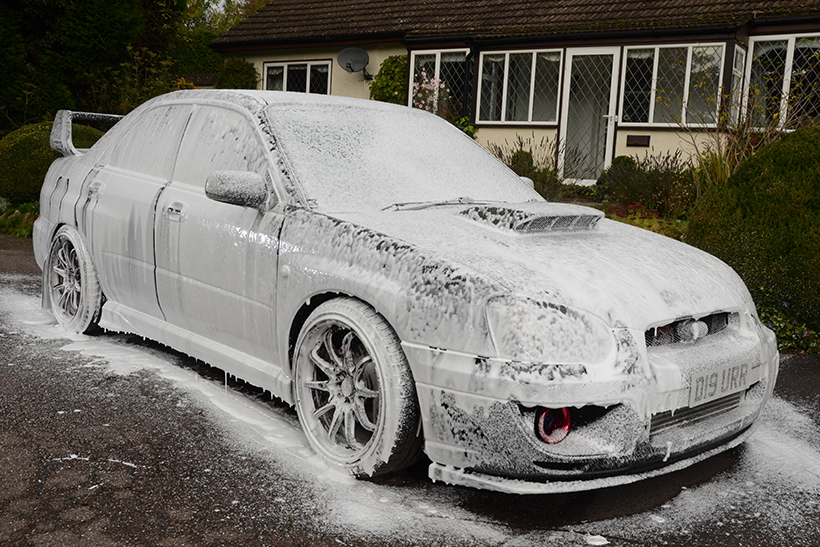
How to wash your car in winter
We won’t go into massive detail about how to wash your car in winter here. We’ve got a whole in-depth dedicated guide about that which you can read instead. However, one tip we’ll mention now is this:
If you’re embarking on a long inter-state journey, consider using the spray gun at a touchless car wash along the way once your car is dirty. There, you can hose down wheel wells and other crevices that are likely to harbor lingering salt and grime. While you’re at it, you may wish to give the whole car a full hose down to rid it of other road debris. Do bear in mind though that these touchless car washes often use quite harsh detergents. As such, we wouldn’t recommend using them often, but as a one-off on a long trip, it’s a compromise that you might feel is worth making. Avoid tunnel car washes like the plague though – their big cloth rollers can often do more bad than good.
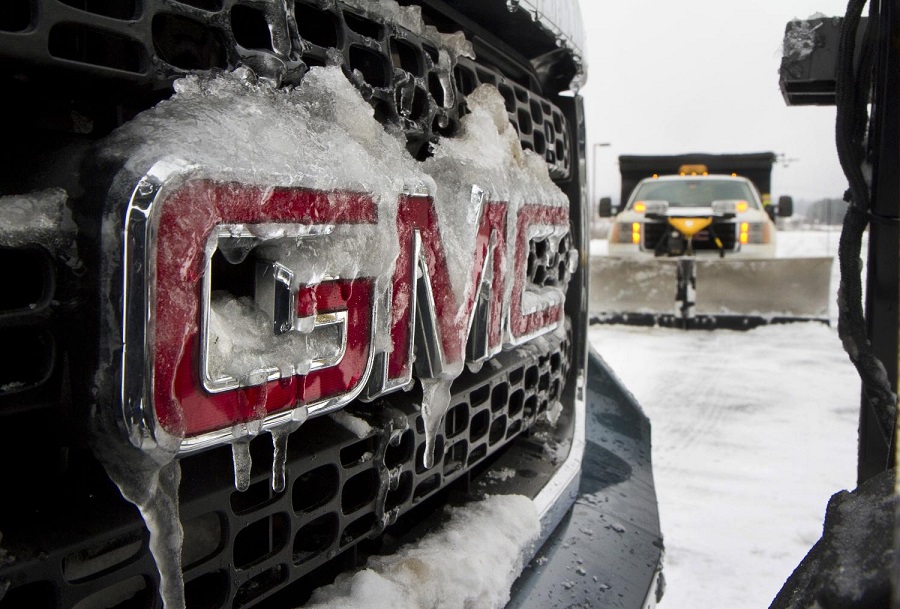
Can it be too cold to wash my car?
Yes, it can. As you’ve hopefully picked up during the course of this article, it’s important to wash your car in winter. But, there is a time and a place.
If you live somewhere where temperatures reach below 32 degrees Fahrenheit (or 0 degrees Celsius), that means the atmosphere is cold enough to freeze water. As a result, if you decide to wash your car in that level of cold, the water you use might freeze before you can dry it off. Freeze-thaw isn’t something you want to subject your car to often if you can help it, and frankly it’s just impractical. It’s no good having a clean car if it means you’ve frozen the door handles shut…

What else can I do to help keep my car clean in winter?
If you’re going through the effort of washing your car regularly to help it through winter, it makes sense that you should also take into consideration the way you actually use it during the cold months. For instance, it’s good practice to shake snow and ice off your shoes before you get in to avoid it absorbing into the car’s carpets. In fact, you could even go a step further and get rubber floor mats for winter to help guard against this too.
Plus, if you’re repeatedly getting in and out of a vehicle while soaked in rain or snow, consider getting some protective seat sheets/covers to stop that moisture seeping into the car’s upholstery. Unfortunately, those covers are usually quite unsightly, but you might consider it a necessary evil depending on your circumstances. Then, when the weather brightens up again, you can put them away until next year.
Finally, choose your routes wisely. Admittedly, it’s not always possible but try to favor routes with quieter, cleaner, smoother roads. If you can minimize the amount of elemental debris that your car is subjected to, there will be less pressure to give it a thorough wash.

